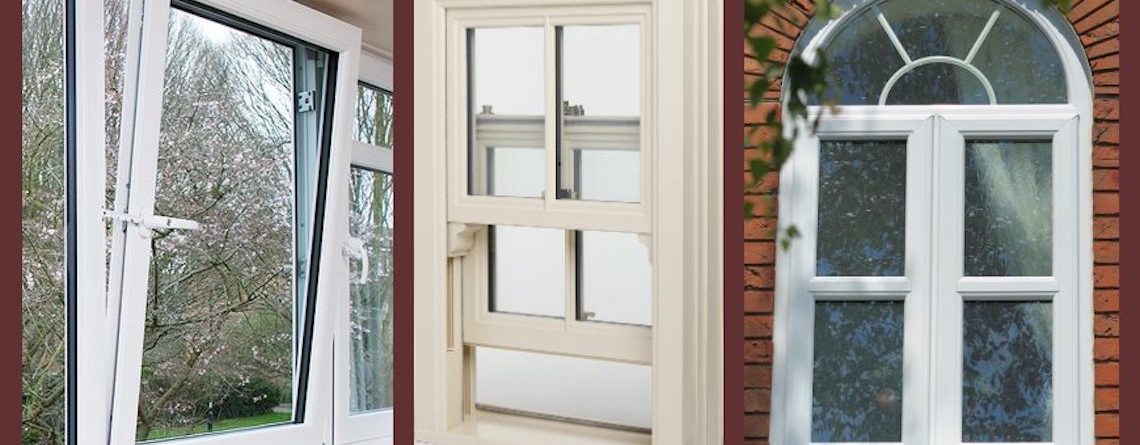A Window in the Door: More than Just a Pane of Glass
In the beginning glimpse, a window in a door may appear like an easy architectural function. It's simply a piece of glass that enables light to filter through or provides a glance of what's on the other side, right? However when you stop briefly to consider it, this relatively ordinary element brings substantial functional, visual, and even symbolic weight. Whether it enhances the doors of your home, office, or preferred café, a window in a door is even more than simply a pane of glass-- it's a bridge in between spaces.
1. Performance: The Practical Role of Door Windows
The addition of a window to a door provides useful benefits that can improve both domestic and commercial spaces:
Natural Light: One of the main functions of a window in a door is to enable sunshine to pass through. In spaces with restricted windows or enclosed locations like corridors or interior offices, this feature can brighten the area, minimize the reliance on synthetic lighting, and develop a more inviting environment.
Exposure and Safety: A window in a door supplies a clear view for those on either side. This is especially essential in business and industrial settings, such as restaurants, factories, or schools, where people often move through doors. Exposure reduces the danger of mishaps (e.g., someone strolling into a door or hitting somebody on the other side).
Ventilation and Energy Efficiency: When combined with operable glass or modern-day innovations like double-glazing and low-E glass, door windows can contribute to better air flow and energy performance in your house or office.
Security: While breaking glass may appear like an open invite to intruders, contemporary styles have actually resolved this issue. Reinforced glass, tempered glass, or designs with narrow panes can make the window resistant to break-in while still serving the purposes of presence and light.
2. Visual Appeal: Enhancing the Visual Identity of a Space
From a style point of view, windows in doors can elevate visual appeal in numerous methods:
Style and Character: The design of the window typically matches the architectural ambiance of the residential or commercial property. A home with a rustic or farmhouse appearance may feature a door with frosted or stained glass, while a sleek, modern-day home may showcase a minimalist door with easy, clean lines.
Customization: Door windows come in various shapes and sizes-- round, rectangle-shaped, oval, arched, or custom-designed to match your preferences. This flexibility provides house owners and architects the ability to develop doors with artistic flair and personal touches.
Suppress Appeal: The entry door is often the focal point of a home's exterior, and a properly designed window within it can turn an otherwise common door into a strong design statement. Frosted or etched glass, for example, can communicate sophistication and beauty.
3. Meaning and Meaning: Beyond the Practical and Aesthetic
On a deeper level, a window in a door carries symbolic significances that resonate across cultures and contexts:
Openness and Connection: A door with a window fosters a sense of connection in between two discrete areas. Whether it's between a home and its front backyard or an office conference room and a corridor, the window can make these areas feel less separated and more incorporated.
Transparency: In offices, doors with windows represent openness and accountability. A supervisor's workplace with a glass-panel door, for circumstances, can signal approachability, lowering the hierarchical barrier that a solid closed door may produce.
A Threshold of Opportunity: Metaphorically speaking, a door with a window can represent a view into new opportunities. It uses a sneak peek into what lies ahead-- a fitting image for personal development and exploration.
4. Modern Trends: Innovations in Door Window Design
Advances in technology and design are continuously improving how we think of door windows. Here are a few patterns to see:
Smart Glass: With the advent of smart technology, windows that can alter from transparent to opaque with the touch of a button are acquiring popularity. These modern options offer privacy on need without sacrificing the advantages of natural light.
Energy Efficiency: Double- and triple-glazed door windows with advanced insulation are ending up being standard in energy-conscious homes. These not just keep your energy expenses in check but likewise minimize ecological effect.
Decorative Enhancements: Patterns, etching, and colored glass inserts are becoming more intricate, providing property owners limitless possibilities to personalize their doors.
folding window doors : Impact-resistant glass and shatter-proof films are increasingly being integrated into door windows, particularly in areas vulnerable to storms or high-security needs.
5. Considerations for Choosing a Door with a Window
Before deciding on a door with a built-in window, there are a couple of factors homeowners and designers ought to remember:
Privacy: While a window offers presence and natural light, it can likewise compromise privacy. Frosted glass or strategically placed window designs can reduce this issue.
Maintenance: Glass in doors will gather fingerprints, dirt, and spots, especially in high-traffic areas. Opting for materials that are easy to tidy or have protective finishes can conserve time.
Integration with the Environment: Choose a door window style that complements the surroundings. A door in a peaceful, residential area might focus on visual appeals, while one in a commercial building might highlight toughness and safety.
Conclusion: A Small Feature with Significant Impact
As basic as it might appear, a window in a door is a function that mixes functionality with appeal, security with style, and connection with individuality. It's a reminder that the tiniest details in architecture can have the power to transform not just our areas but likewise the method we communicate with them.
Whether you're peering through a glass panel to invite a guest or letting natural light filter into your home, a window in a door is far more than a style component-- it's a way to open ourselves to the world, one pane of glass at a time.

